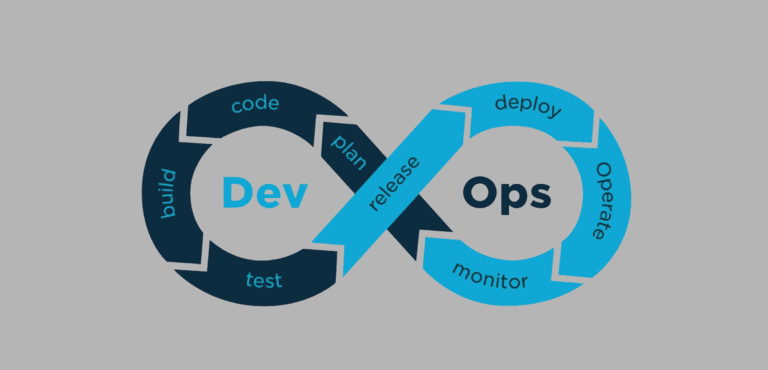
DevOps: A Collaborative Approach

What Does DevOps Success Look Like?
DevOps is an industry that is rapidly growing in today’s world. With technology constantly evolving, implementing best practices and creating a collaborative culture, is crucial in the task of implementing a successful DevOps structure. We understand that this can be daunting for some so let’s take a closer look at what we mean when we talk about DevOps and provide some best practices on structuring a mature DevOps process to help set up a collaborative culture that will benefit your company.
So what exactly is DevOps?
DevOps is a set of practices, tools, and a cultural philosophy that automates and integrates the processes between software development and IT teams. The DevOps movement began around 2007 when IT operations and software development communities raised concerns about what they felt was a dysfunction in the industry. These communities rallied against the traditional software development model, which called for those who write code to be organizationally and functionally apart from those who deploy and support that code.
One goal of DevOps today is to bridge that gap between operations and development teams. A few other goals to keep in mind for a successful DevOps process include:
Increase the frequency and quality of deployments
Create a resilient infrastructure
Decrease the time it takes to recover from failures
Have faster incorporation feedback
One way DevOps accomplishes these goals is through the collaboration of people. A mature DevOps process creates an atmosphere of shared responsibility. As mentioned previously, the hybrid DevOps model aims not only to have developers write code but also to share some of the responsibilities associated with maintaining infrastructure through a pipeline. On the other side, the operations team should be cognizant of the components being promoted through a pipeline. Skill sets among these teams aren’t meant to be 1 – 1, but they have commonalities when needed. The result is that everyone has at least some context and awareness of aspects outside their view.
One client we worked with was in the infancy stages of adopting a mature DevOps process. There was no collaboration between developers and those who pushed changes through a pipeline, leading to miscommunication and system downtime during planned releases. Implementing a DevOps tool is the easy part of an implementation. Training, however, is the most resource-intensive part.
In two months, we were able to train our client’s team so that both, the development and the operations teams, had full visibility into the areas of work that the other was completing. The outcome was that due to the Agile process we had implemented and the collaboration of the two teams, releases were completed 25% faster prior to implementing a structured DevOps process. Since issues were found earlier in the deployment pipeline, errors deploying to production were completely eliminated, leading to no system downtime.
In terms of facilitating faster commits and deployments, an Agile team structure helps reduce issues with traditional development philosophies. Implementing an Agile process could be another conversation on its own, but it does go hand-in-hand with a mature DevOps process.
Finally, DevOps tools are what allow us to build resilient systems. Salesforce add-ons such as Copado and Flosum allow you to perform CI/CD of metadata changes, automate your testing, and ensure that your pipeline is on par with your production environment.
Whether adopting a brand new DevOps process or making changes to a current process in order to be more successful, it’s important to keep the end goals in mind. While nurturing a new process, companies should encourage collaborative success, not only within the company’s teams themselves, but also with the tools and partners that are there to help them reach success along the way.
To learn more about DevOps antipatterns and how to fix them, reach out to CloudQnect at info@cloudqnect.com, +1 (804) 480-1129 and visit CQ at www.cloudqnect.com.







